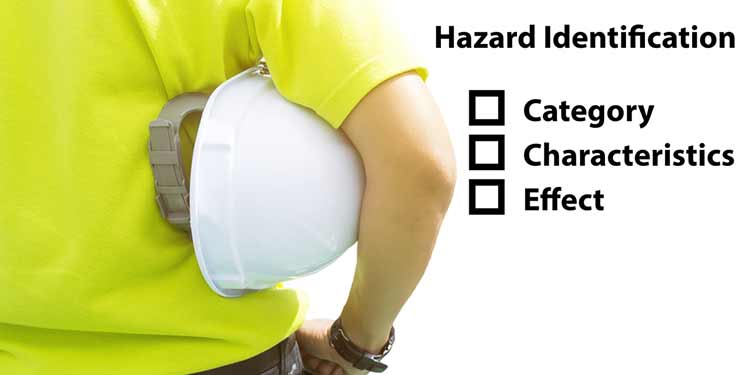Seven Top Workplace Hazards

The National Safety Council (NSC) has released a list of its top seven-workplace hazards. While the list may not surprise employers, workers continue to be injured in accidents that are highly preventable. Here are the seven, along with contributing causes and possible solutions.
Hazard #1: Working at heights
Contributing causes
- Lack of knowledge about responsibility for providing fall protection gear
- Improper training on how to use PPE
- Ill-fitting PPE or misuse of PPE
- Failure of supervisors to wear PPE or enforce requirement with workers
- Failure to have a written fall protection process
- Purchase of equipment, such as roof chillers, without proper consideration of safety features
- Poor maintenance of equipment
Possible solutions
- Buy correct size gear for worker, keep a close eye on how effective it is, obtain feedback from workers
- Determine if supervisors are consistent role models
- Regularly inspect gear for damage and remove weakened or damaged equipment from use
- Have a system to regularly monitor the effectiveness of the program
- Assess the work environment to determine if an engineer is needed to install anchor points
- Consider the economics of building a platform with standard railings and a swing gate in front of a fixed ladder
Hazard #2: Poor housekeeping
Contributing causes
- Clutter blocking emergency exits and aisles
- Stacking loads on racks in warehouse that bring them too close to sprinklers
- Clutter, leaks or standing water that lead to slips and falls
- Electrical rooms used for storage
Possible solutions
- Clean up as you go
- Regular checks at end of shift
- Appropriate storage space
Hazard #3: Electrical – Extension cords
Contributing causes
- “Daisy-chaining” – using multiple extension cords or power strips, increasing likelihood of tripping and overdrawing electricity resulting in fire
- Using extension cords as permanent solutions to electrical needs, not as temporary as intended
- Using improper gauge wire for extension cord or power strip
Possible solutions
- Assess whether extension cords are truly being used for temporary purposes and store away at end of shift
- Inspect extension cords and replace worn out cords
- Use the right extension cord or power gauge for the job
- Bring in an electrician to drop a line and outlet when extension cords are being used for weeks or months
Hazard #4: Forklifts
Contributing causes
- Pressure to work fast; emphasis on productivity over safety
- Distracted driving
- Driving with too large a load
- Blame the employee for the accident and retrain, rather than recognizing the problem may be inadequate time to accomplish the task
- Too few trucks or staff to manage workload
- Lack of maintenance
- Failure to segregate pedestrians
Possible solutions
- Foster a strong safety culture
- Monitor the workload and assess capability to meet it
- Daily checks of trucks and ongoing maintenance
- Create designated walkways
Hazard #5: Lockout/Tagout
Contributing causes
- Good policies, but failure to implement
- Complacency
- Rush to complete the job
- Faulty equipment
- Unfamiliarity with equipment
- Improper training
Possible solutions
- Foster a strong safety culture
- Properly train employees and ensure they are qualified to carry out procedures
- Train when new equipment is installed
- Regular maintenance of equipment
Hazard #6: Chemicals
Contributing causes
- Failure to monitor inventory and expiration dates, which can lead to dangerous and explosive hazards
- Not disposing chemicals in a timely manner or improperly disposing
- Inadequate training
- Transferring chemicals from one container to another without proper precautions or labeling
Possible solutions
- Reliable control system for the purchase, use, and disposal of chemicals
- Strong inventory system
- Proper training
- Proper labeling
Hazard #7: Confined spaces
Contributing causes
- Failure to issue a permit
- Failure to conduct risk assessment
- Equipment for testing is out of date
- Lack of employee education about confined spaces
Possible solutions
- Conduct risk assessment properly
- Follow appropriate permit processes
- Properly train employees
Source: “7 Common workplace safety hazards,” Safety + Health, June 2016
SEVEN SECRETS
You’ll receive important information to help you avoid overcharges on your workers’ compensation.
